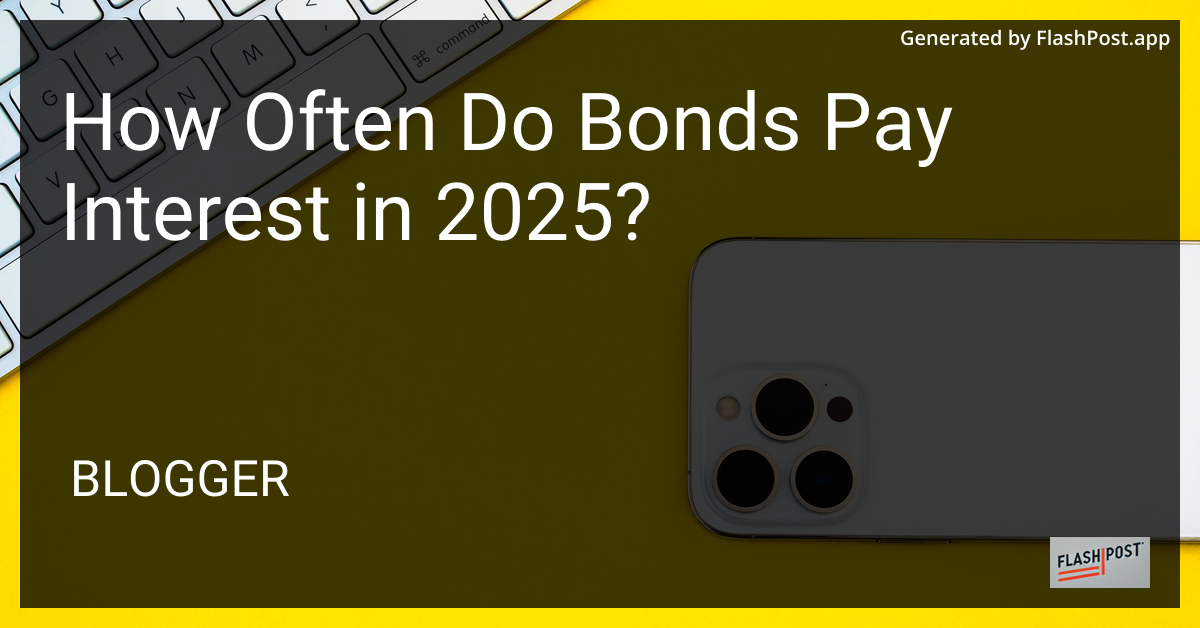How Often Do Bonds Pay Interest in 2025?

How Often Do Bonds Pay Interest in 2025?
Investing in bonds can be a reliable method to secure a steady income stream. However, understanding how often bonds pay interest, especially as we approach 2025, is crucial for effective financial planning. With economic scenarios constantly evolving, knowing the payment schedules can help investors better manage their portfolios whether you are pursuing momentum investing, considering investing in low stock, or exploring investing in AI opportunities.
Types of Bonds and Their Interest Payments
Treasury Bonds: In 2025, U.S. Treasury Bonds will continue to pay interest semi-annually. This means holders of these government-backed bonds will receive interest payments twice a year.
Corporate Bonds: These bonds are also notorious for paying interest semi-annually. Corporations issue them to raise capital, and the interest frequency matches that of treasury bonds, offering two payments each year.
Municipal Bonds: Similar to Treasury and Corporate Bonds, municipal bonds typically pay interest semi-annually. This remains a consistent feature for investors seeking to include tax-exempt investments in their portfolios.
Frequency of Interest Payments in Detail
Understanding the payment schedule of bond interest is pivotal. Most bonds adhere to a semi-annual payment structure, but some exceptions might interest tactical investors:
- Floating Rate Bonds: Certain floating rate notes may offer quarterly payments.
- Zero-Coupon Bonds: Although these do not pay regular interest, instead they are sold at a discount and mature at face value. The difference reflects the compound interest scenario over time.
Preparing for Bond Investments in 2025
When planning for 2025, comprehending the timing of bond payments can influence cash flow management and investment choices. Investors holding multiple types of bonds can strategically plan their withdrawal strategy to maximize payout efficiency.
Key Strategies: - Coordinate bond interest income with other investment returns to ensure regular cash flow. - Align bond maturity dates with personal financial milestones. - Consider reinvesting bond interest to harness compound growth.
For more insights, consider examining different investment strategies such as momentum investing, learning the dynamic approach of investing in low stock, or exploring novel fields like investing in AI opportunities.
Conclusion
Bond interest payment frequency remains a critical element in an investment strategy, and understanding its schedule is essential for financial security, especially in 2025. As global economic trends shift, staying informed and prepared can greatly enhance your investment acumen, helping you make the most of your bond investments.
This comprehensive understanding helps ensure a balanced, fruitful financial future, allowing investors to align their bond investment strategies with broader financial goals.
Comments
Post a Comment